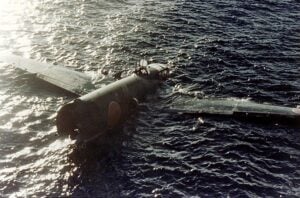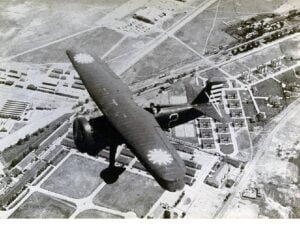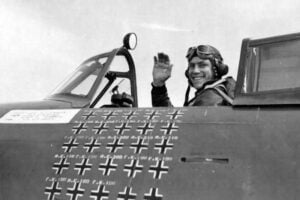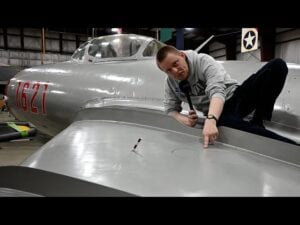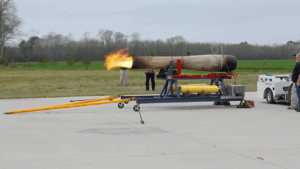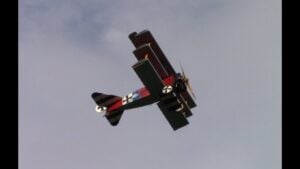The American Outlaw Pilots Dubbed as ‘Tigers’ Who Ruled The Sky During WWII
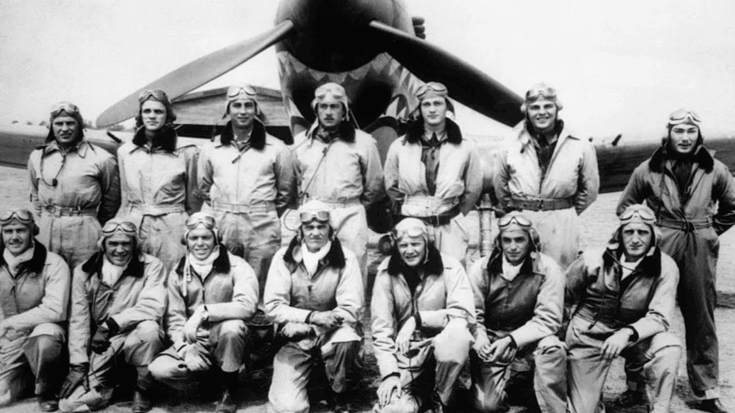
CGTN / YouTube
A Secret Beginning in China
Before the United States entered World War II, a group of American pilots quietly left their military posts to join a mission in Asia. This group, known as the Flying Tigers, was officially called the 1st American Volunteer Group (AVG). They were led by Claire Chennault, a former U.S. Army officer who had been advising Chinese forces. Their goal was to help defend China against Japanese air attacks. Formed in 1941, the group operated under secret U.S. approval and was funded by the Chinese government.
The Flying Tigers became well known not just for their success in the air, but for the shark teeth painted on the noses of their Curtiss P-40 Warhawk fighters. This design made their planes instantly recognizable and added to their image as fierce, bold flyers. Even though they were a small unit, they made a strong impact.
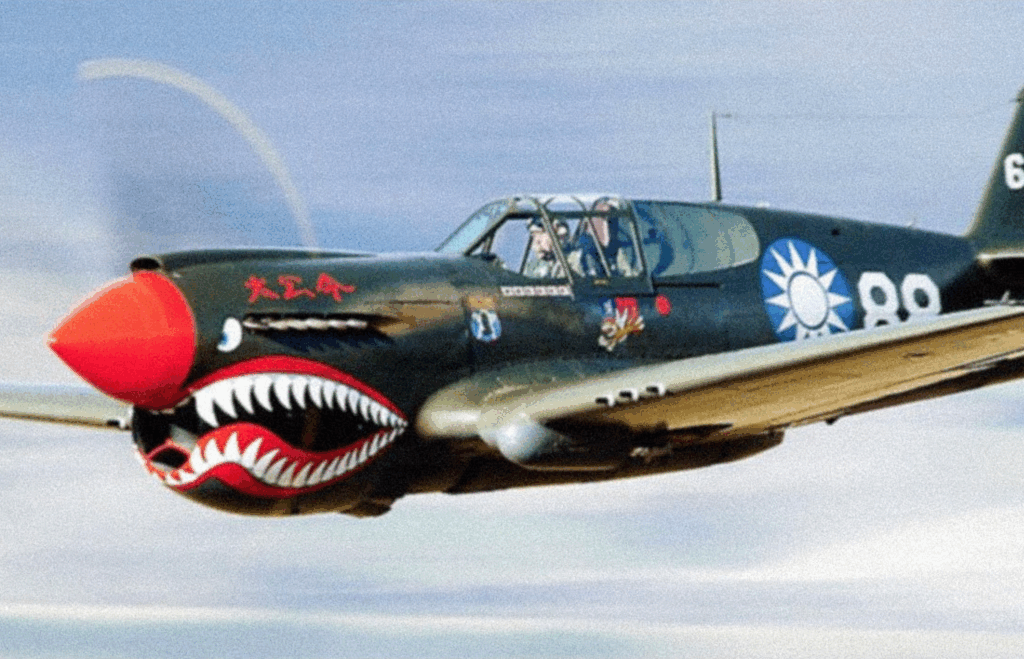
Volunteers From Across the U.S. Forces
The pilots who joined the Flying Tigers came from different branches of the U.S. military, including the Army, Navy, and Marine Corps. They signed one-year contracts and were released from active duty so they could fly in China. Chennault trained them using his own air combat ideas, which focused on speed, diving attacks, and staying out of long dogfights. The group was divided into three squadrons: the Adam and Eve, Panda Bears, and Hell’s Angels.
These squadrons flew dangerous missions in difficult conditions. The terrain in China and Burma made landing risky, and supplies were limited. Despite this, the group worked closely and became highly skilled in the air. Their training and coordination helped them overcome the larger and better-supplied Japanese air force.
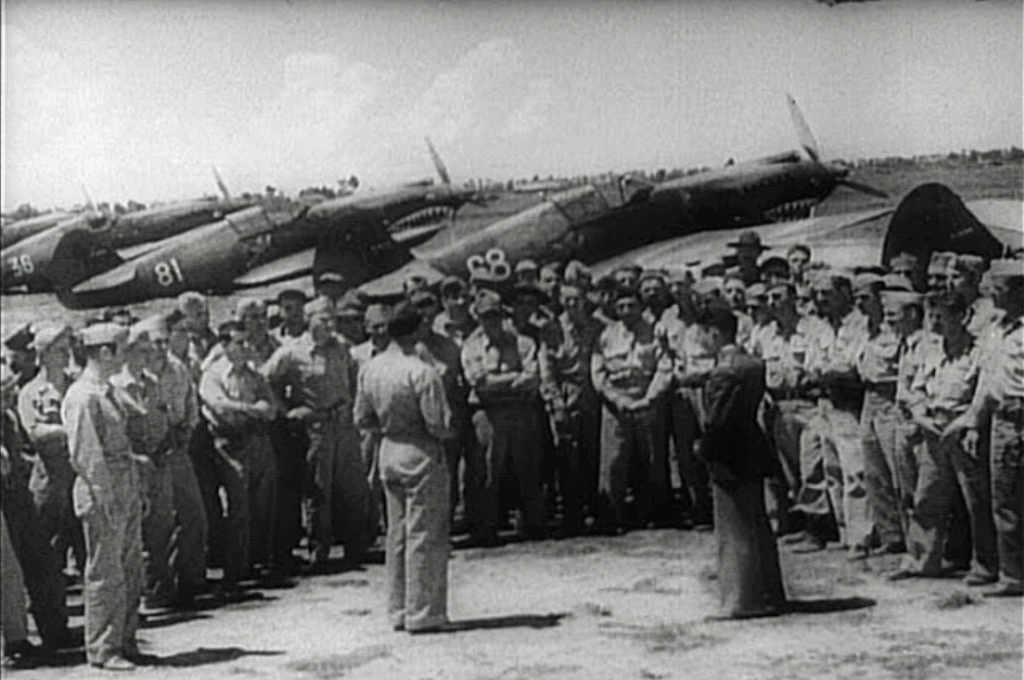
Fighting in the Skies Over China and Burma
The Flying Tigers operated in China and Burma, where they provided air cover for supply routes, bombed enemy positions, and fought Japanese bombers and fighters. They flew in areas where support was thin and risks were high. Yet their combat record was impressive. In just a few months, they shot down nearly 300 Japanese planes while losing only a few of their own.
Their air victories were often achieved while flying at a disadvantage. The Japanese planes were more maneuverable, and the Tigers were usually outnumbered. But the AVG pilots used surprise and clever tactics to win. Their aggressive flying style confused Japanese pilots and gave them an edge.
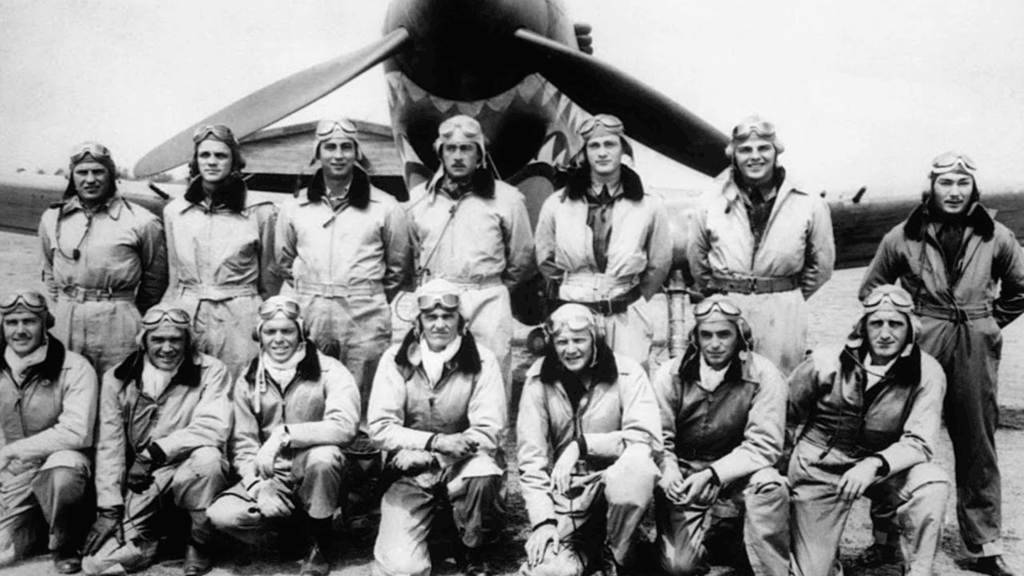
Legacy of the Flying Tigers
The success of the Flying Tigers gave hope to both Chinese and American forces at a time when the Allies had suffered several losses. The group became famous through news reports and photos, and Chennault was praised for his leadership. When the unit was disbanded in 1942, many of the pilots joined the U.S. military again and continued to serve. Their efforts left a strong mark in World War II air history.













